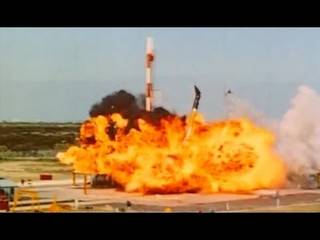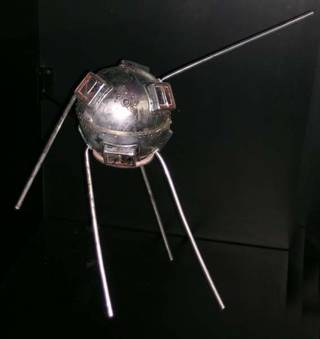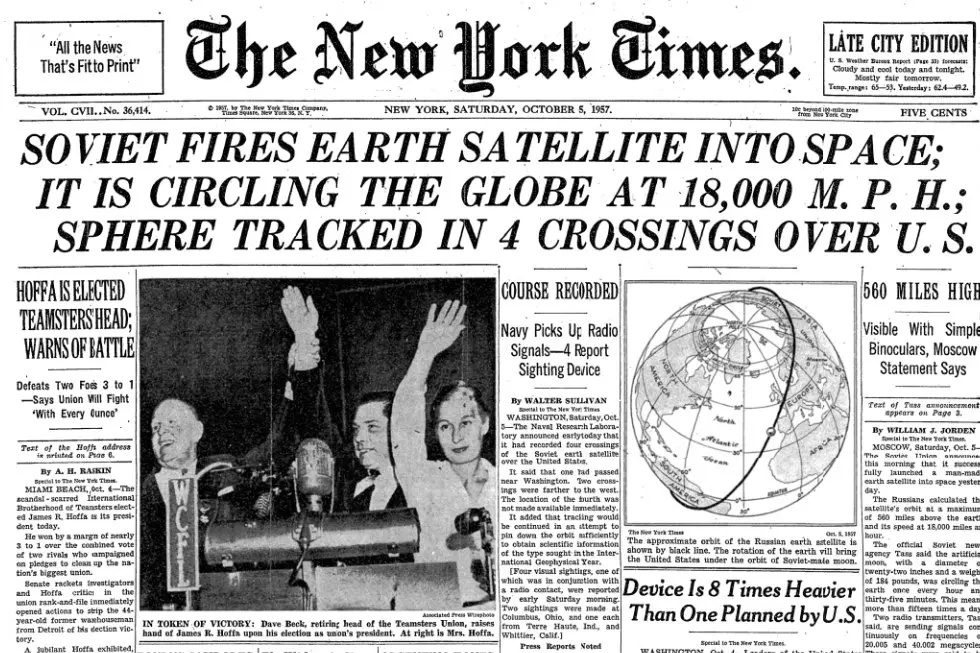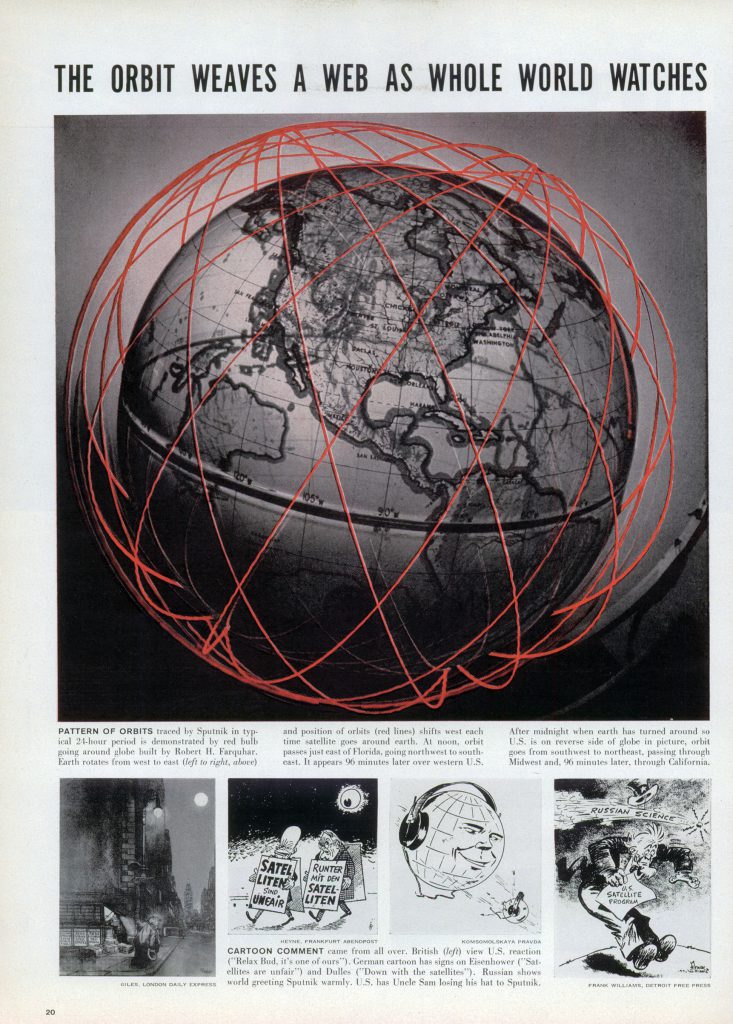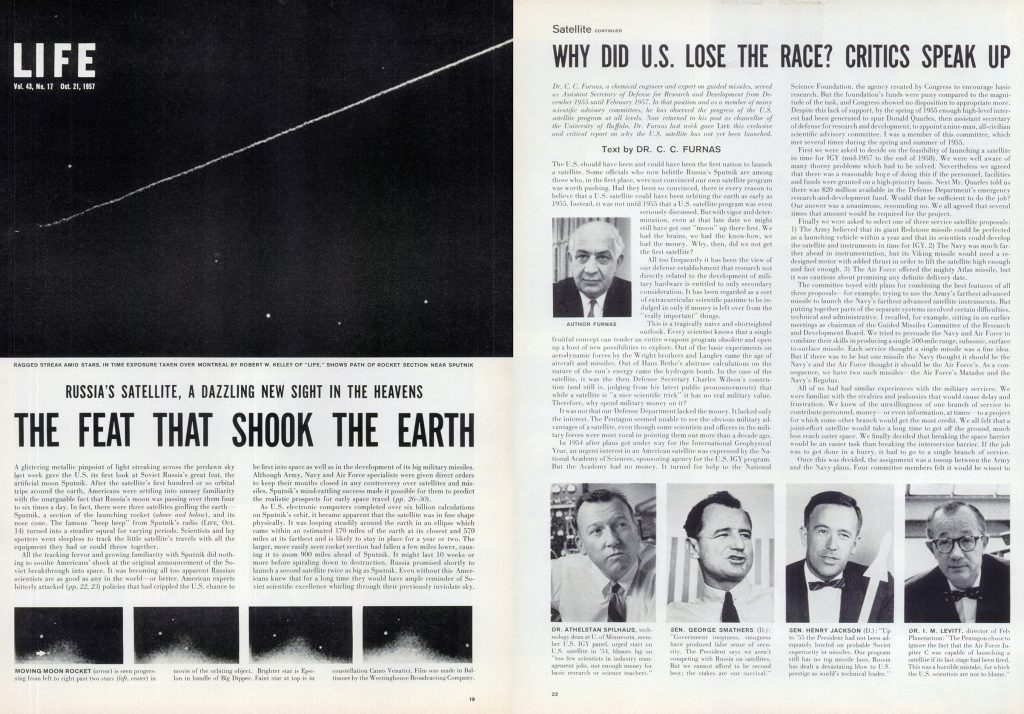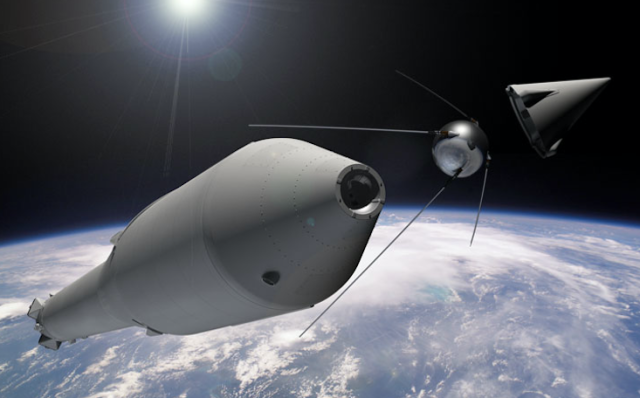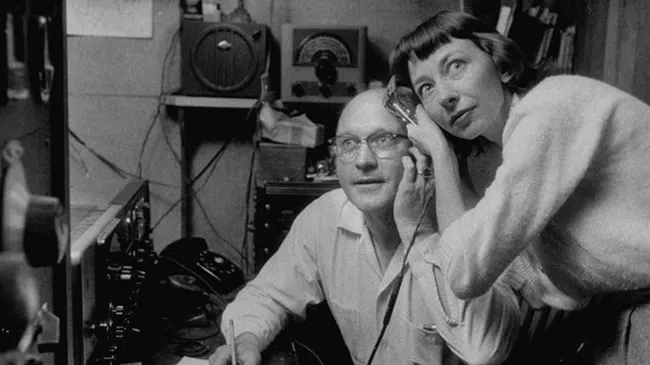Early Missiles
The Cold War
Sputnik-1's Launch
The Space Race
Early Space Technology Agencies
Bibliography
Sputnik-1's Launch
During the Summer of 1957, public newspapers announced the Creation of Sputnik-1. The Soviet Union was developing a new missile, strong enough to put an object into orbit. October 4, 1957, at Gagarin's launch pad in Russia Sputnik-1 was launched, Sputnik-1 lifted into the air.
Sputnik was split into four stages, blocks B, V, G, and D. As Sputnik ascended, The G stage was reaching the intended thrust slower than was expected. After about 6.5 seconds Sputnik started to pitch, tilting 1 degree from the nominal trajectory, this was a big problem, Sputnik-1 could have failed. Instantly Soviet mission control made a daring attempt to put Sputnik-1 back on track by rotating the rudders and angling the boosters.
Sputnik-1 was about the size of a beach ball with a diameter of 23 inches, weighing 183 pounds with a polished two-millimeter thick aluminum exterior and four 35-degree angled antennae all symmetrical.
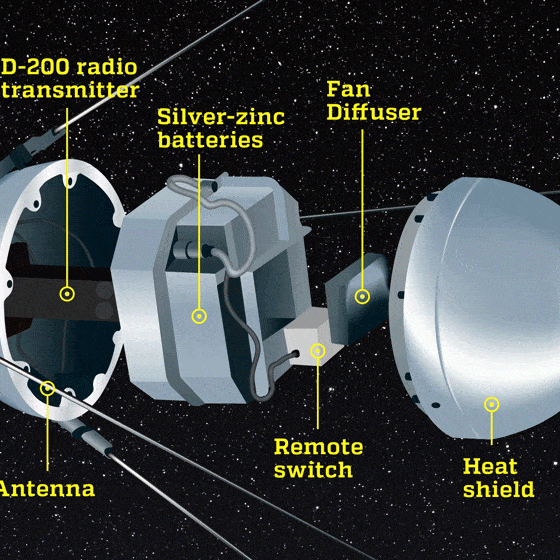
How Sputnik Worked, Popular Mechanics, Unkown
America decided they needed to surpass the Soviet Union's space technology. Americans tried to launch a satellite, Vanguard-TV3, 63 days after Sputnik on December 6, 1957. Vanguard was launched at 11:44, rising 4ft, when engine stalled dropping Vanguard onto the launch pad, damaging the Vanguard satellite severely.
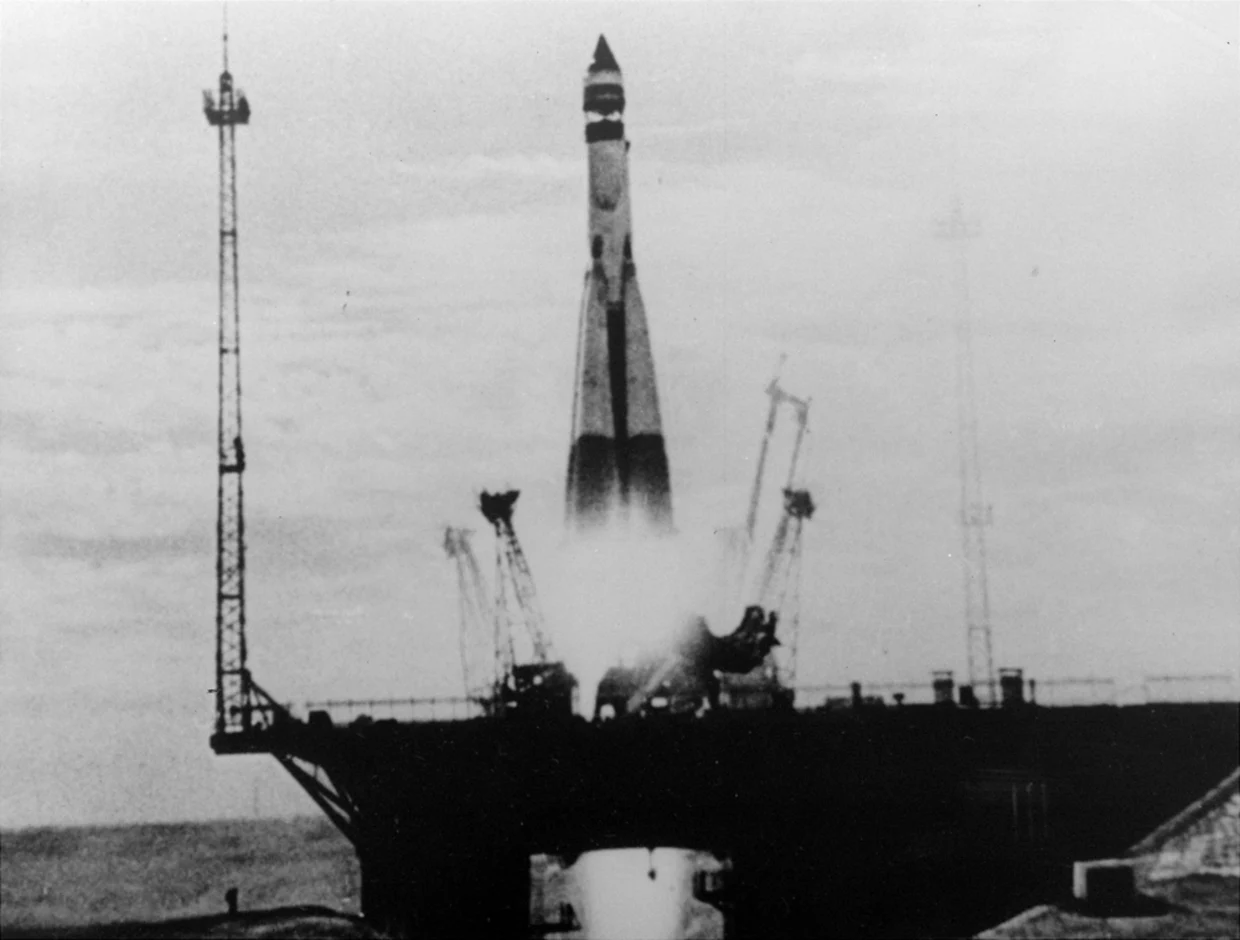
Sputnik-1 Launch, NBC News, 1957
Sputnik-1 stayed in orbit for over two months before burning up on reentry into Earth's upper atmosphere on January 4, 1958. Sputnik produced a 0.4-second “beep” on two radio frequencies powered by three silver-zinc batteries. Amateur radio operators worldwide listened to Sputnik's beeping for 21 days before its batteries ran out. In contrast, Sputnik orbited Earth for months more.
Home
Next
